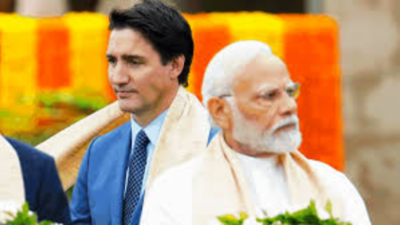In the past few years, Korean culture has taken the world by storm, from K-pop to K-dramas to K-food. In terms of Korean food, the most ubiquitous and recognisable Korean staple is probably Korean fried chicken. Other notable foods that Malaysians might have heard of include kimchi, bulgogi and bibimpap.
But have you heard of Korean Hanwoo (pronounced ha-nu) beef? Because it is fast gaining popularity among bovine purists, elite carnivores and gastronomes across the region. The history of Hanwoo beef In Korea, there is strong national pride in local produce, especially Hanwoo beef which has a revered position in the country. In fact, data from the Korean Meat Trade Association showed that even up to 2022, 99% of Hanwoo beef was used for domestic consumption.
This ties in to the cow’s almost sanctified position in Korean society, which dates back to the Three Han States period (57BC to 668AD), where cows held the same position as humans. Hanwoo beef has a beefier flavour and less fat than wagyu. The beef also contains high amounts of oleic acid.
— OLIVIA LEE Things took a downturn during the Japanese colonisation of Korea, which began in 1905 and ended in 1945, after World War II. During that period, Korean cattle were systematically removed and sent to Japan. Lim Chae-seong, a professor of economics at Rikkyo University in Japan published a book called Food Joseon .
In it, the professor documents how approximately 40,000 to 60,000 cattle were taken every year, to suppleme.


















